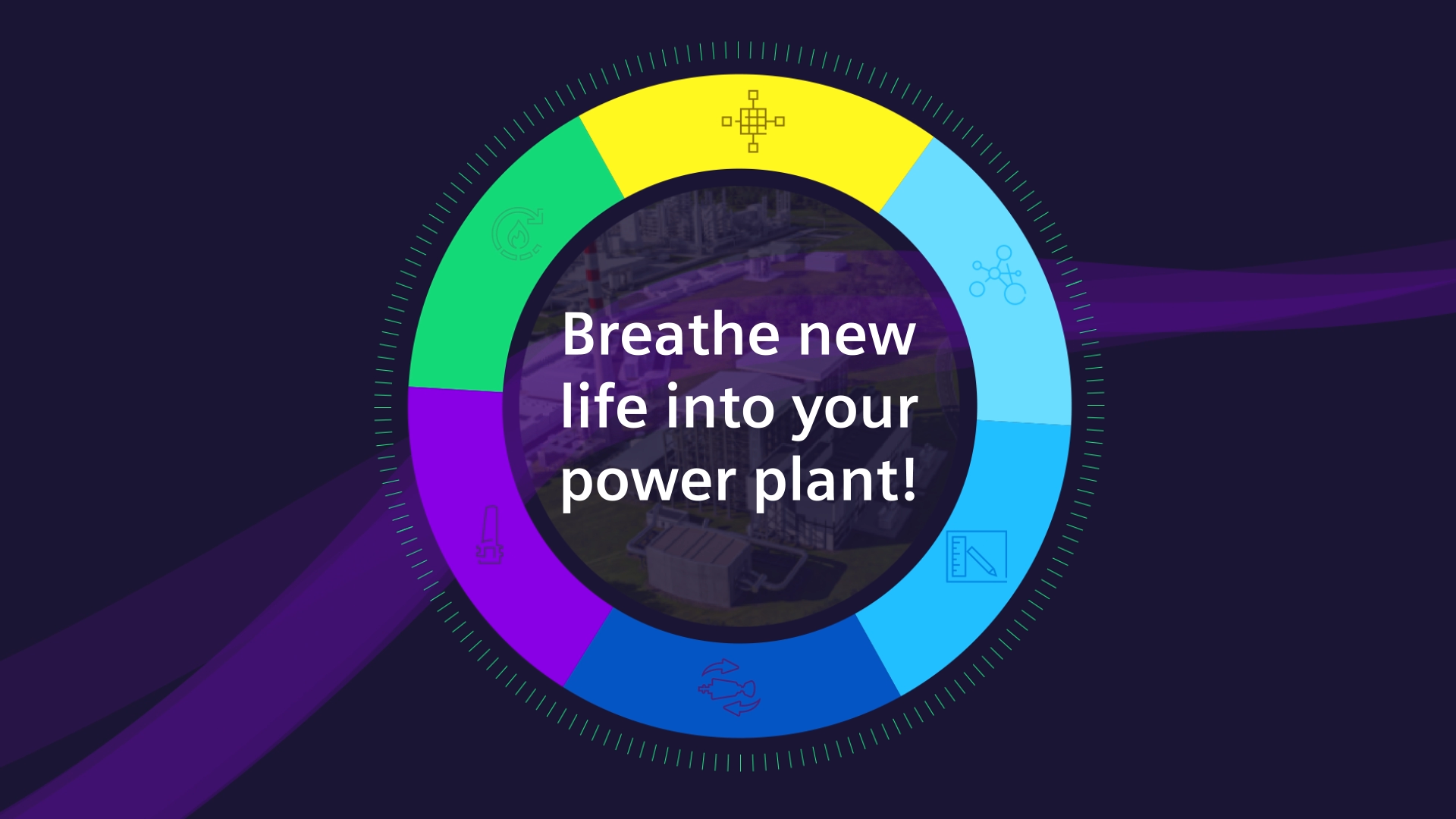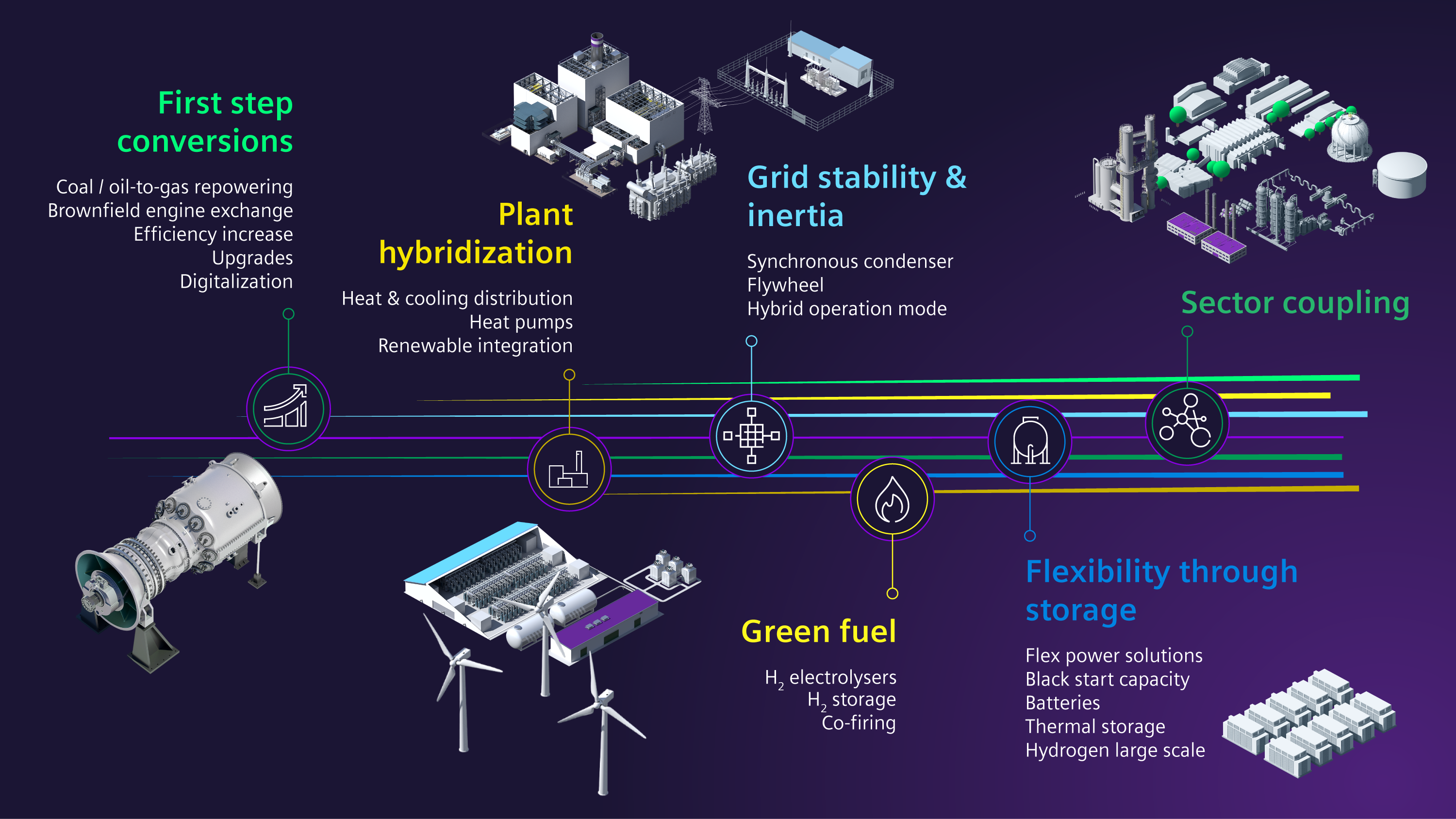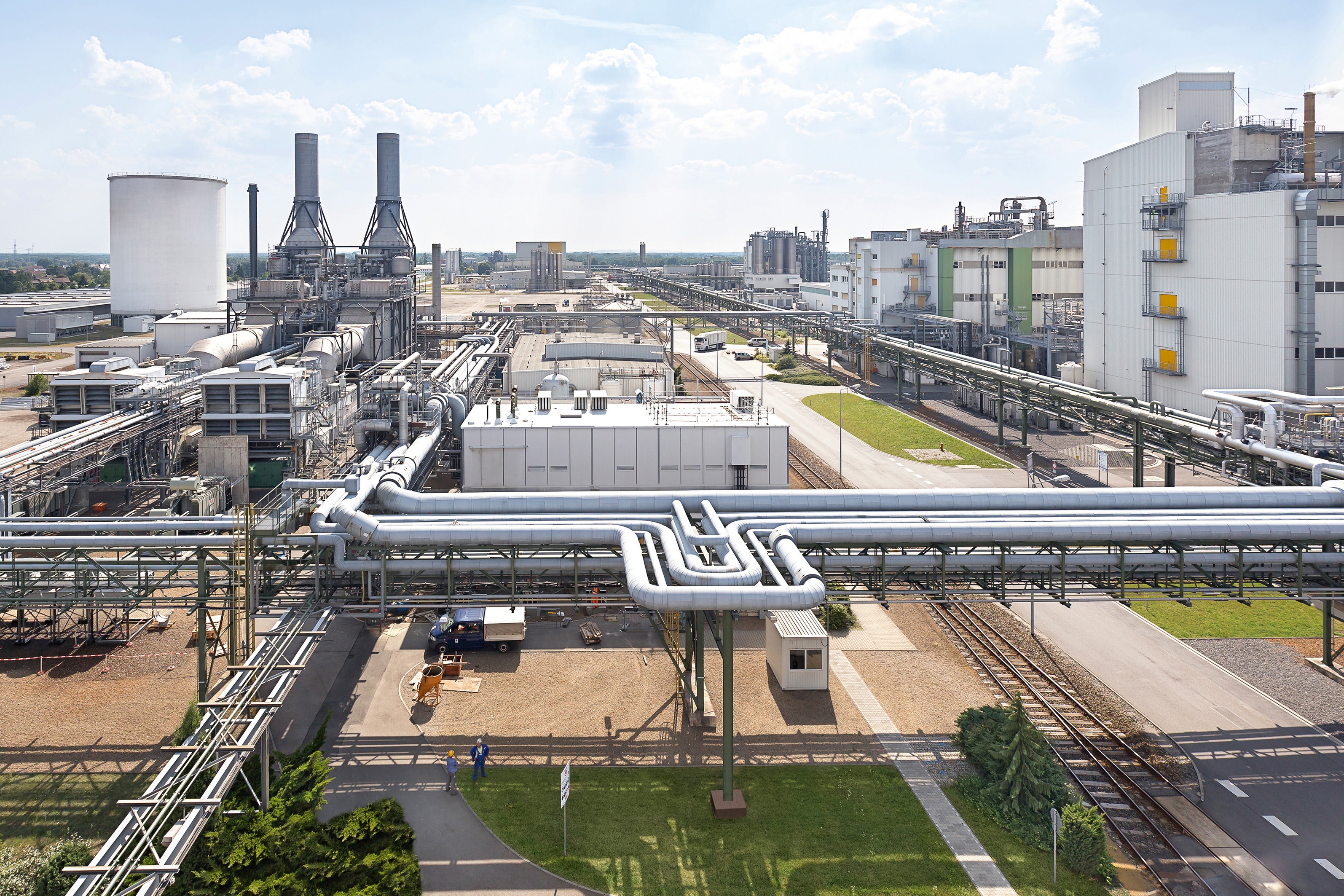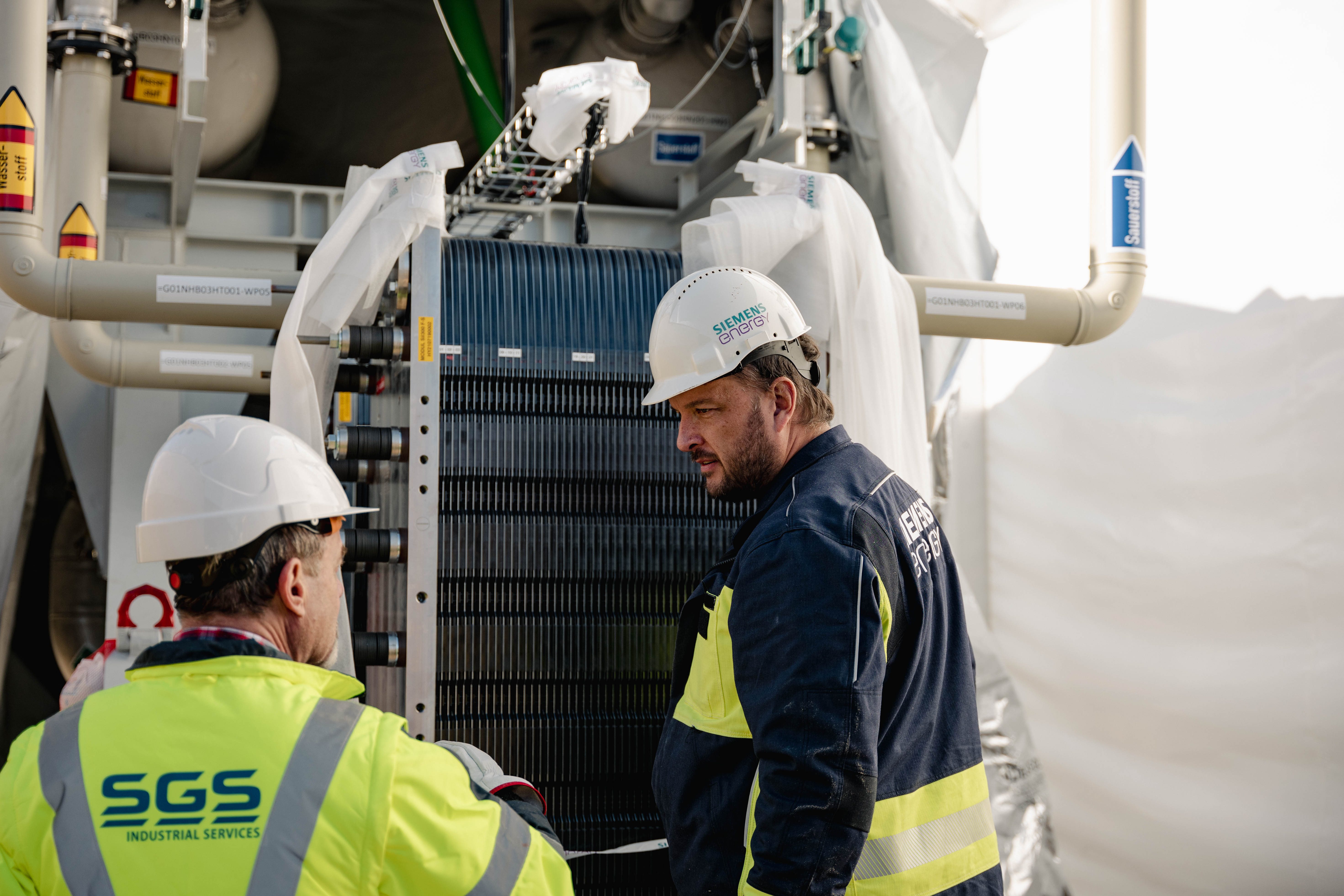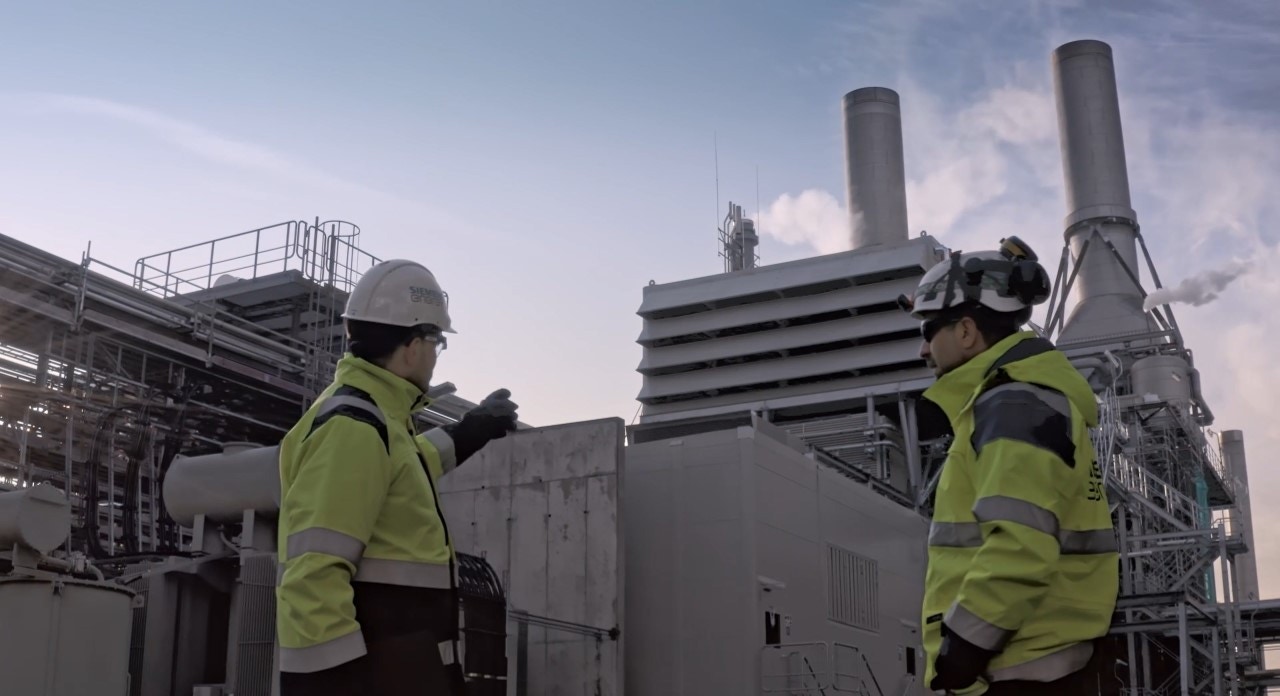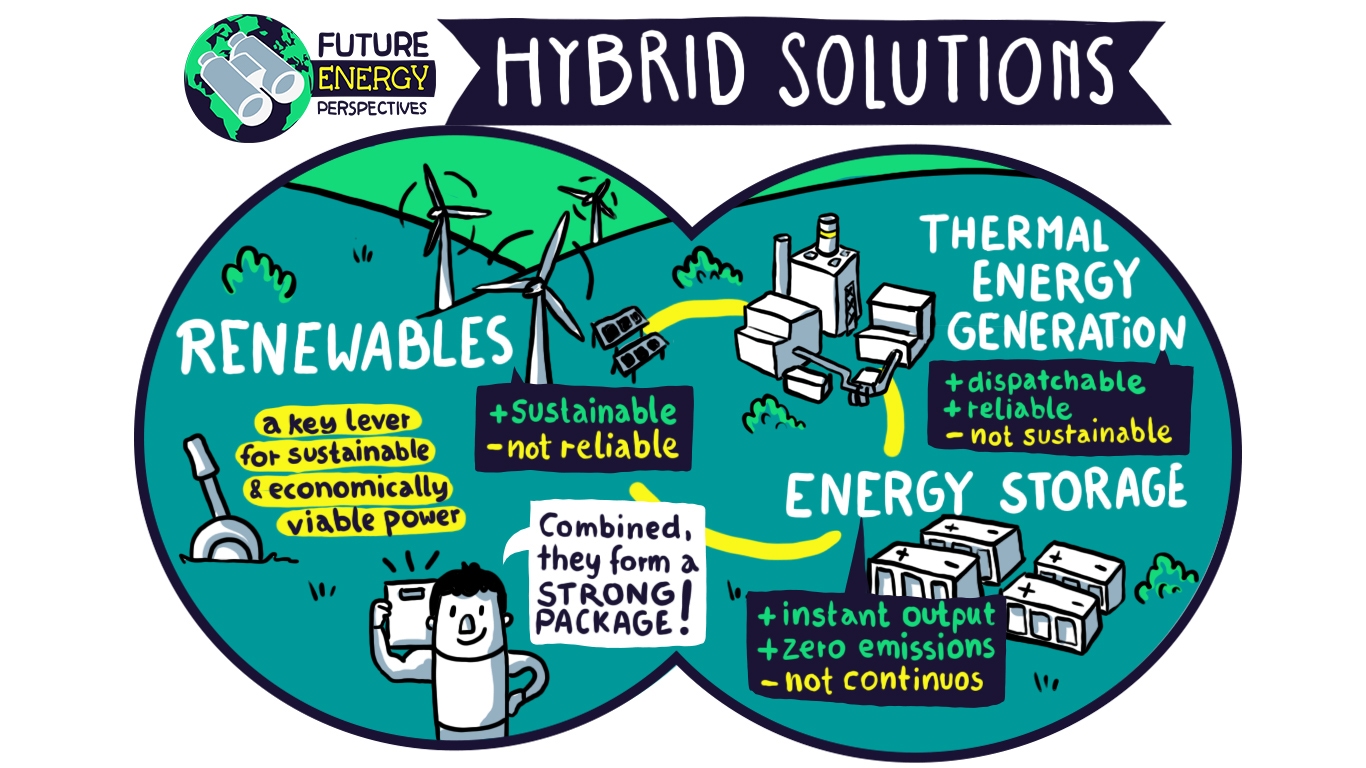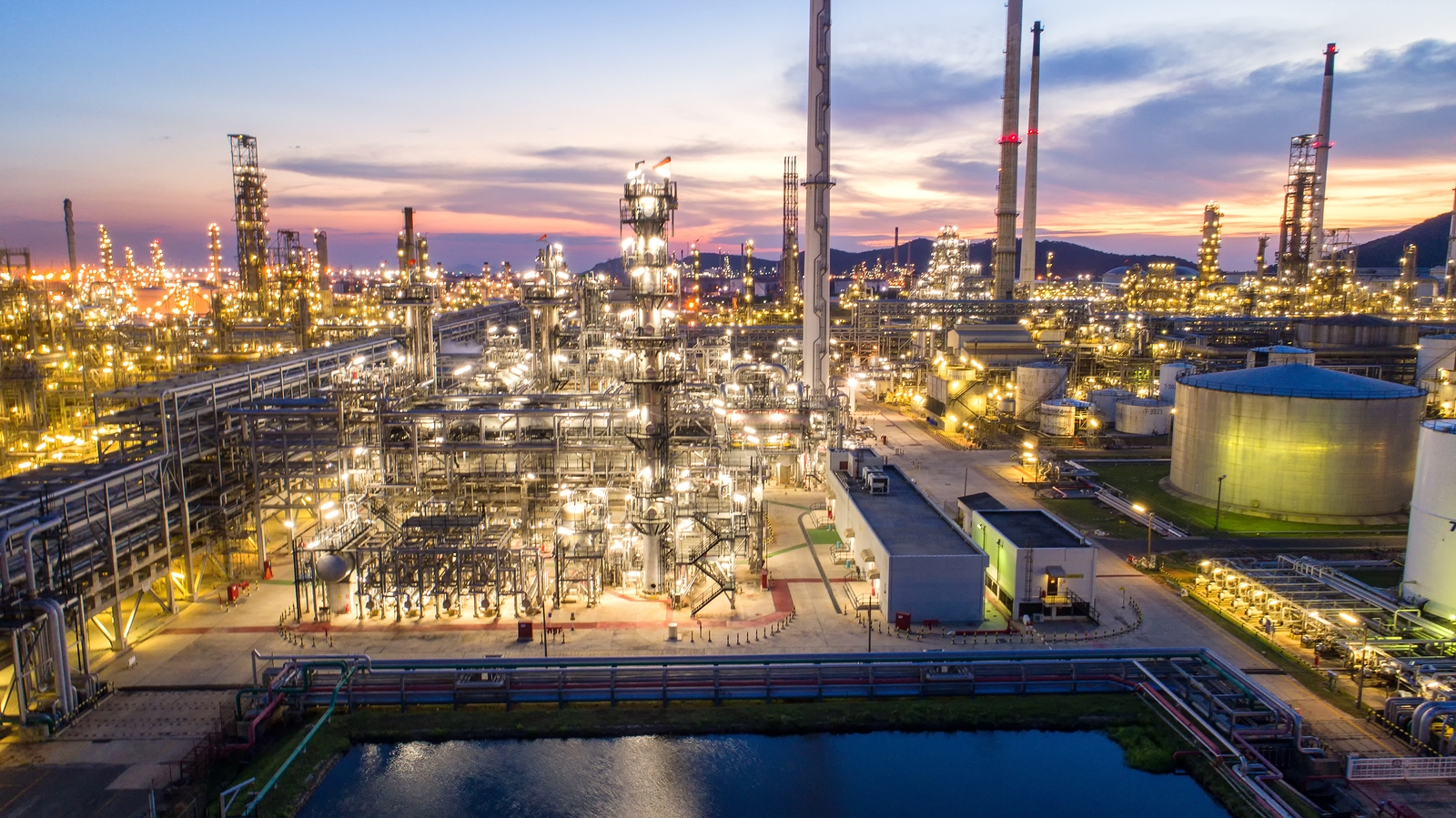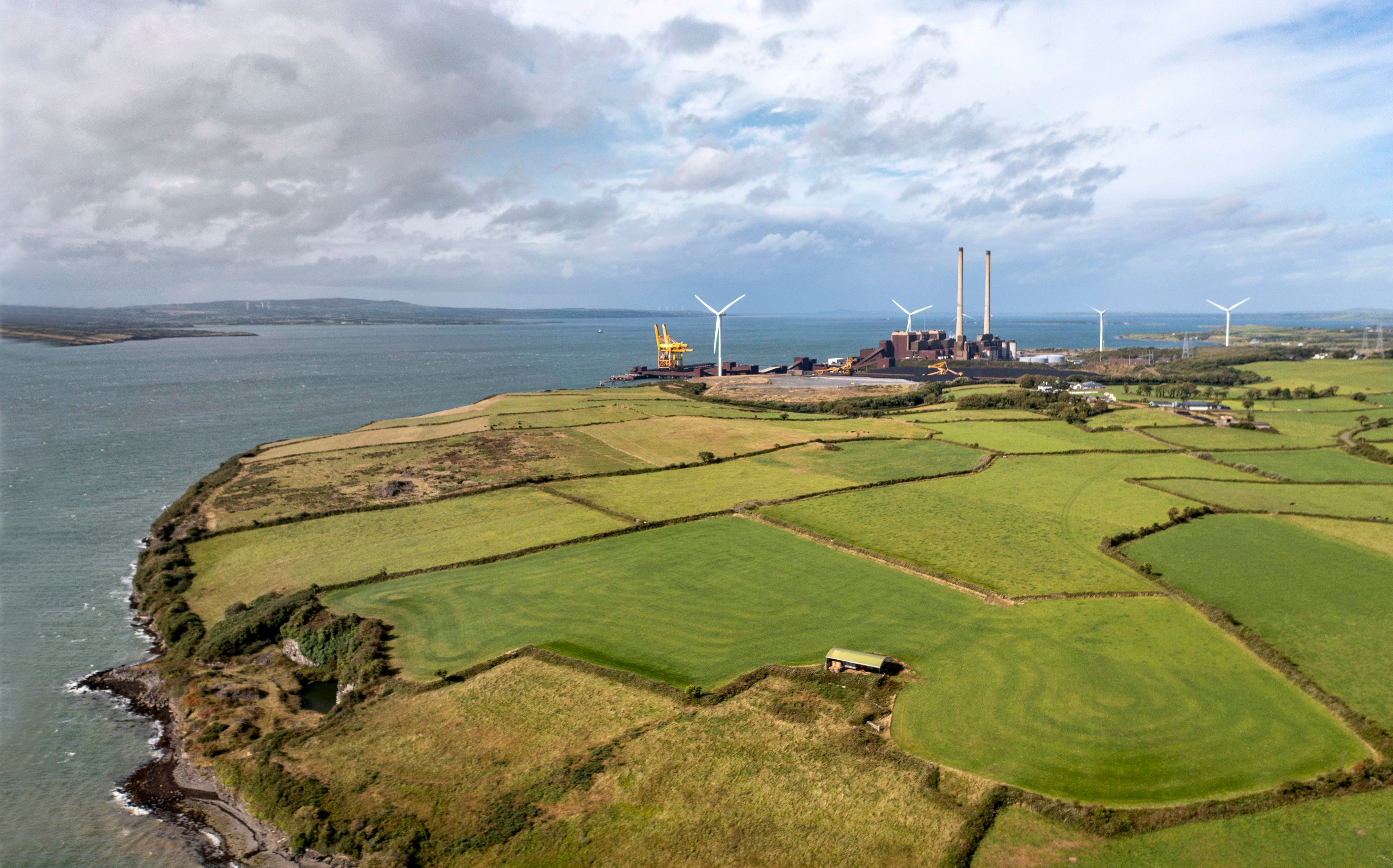
Brownfield transformation: Repowering power plants
Get on the road to a decarbonized future by converting your power plant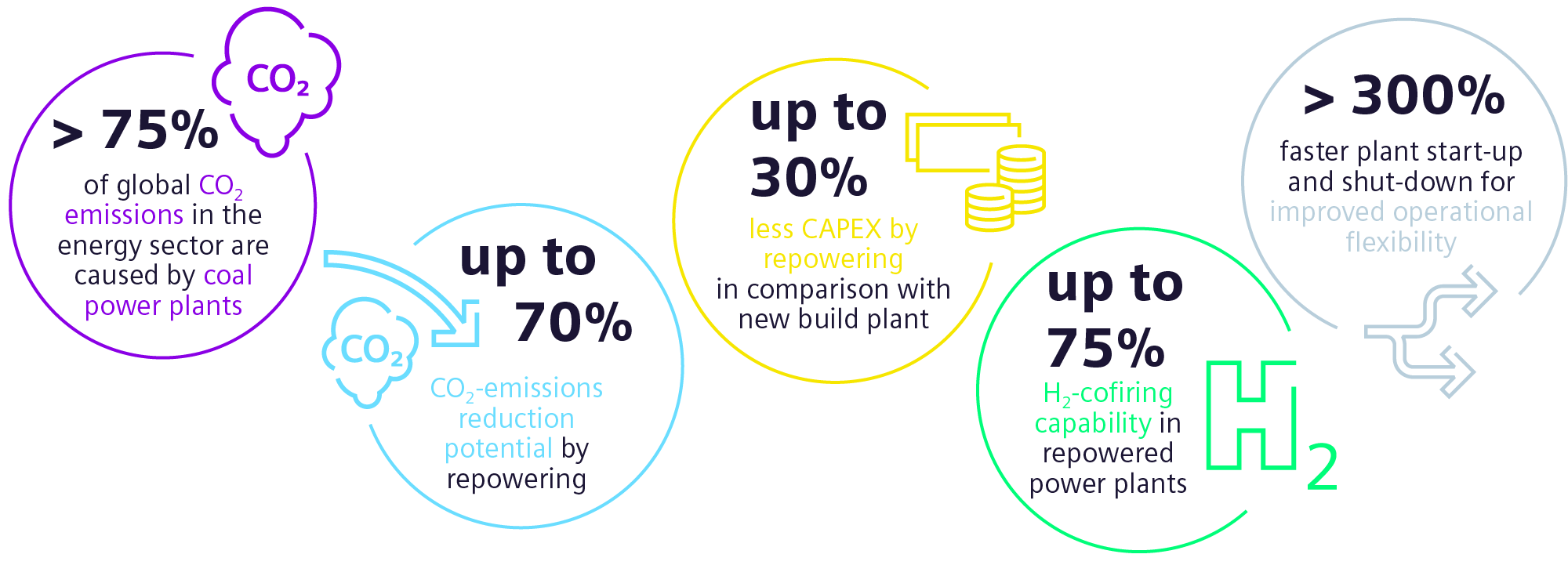
* Above figures are estimates
Today increasingly ambitious CO₂ targets are being set around the world. Reaching them won’t come about by itself. Apart from intelligent energy management and improved energy efficiency, we need to decarbonize power generation for utilities and industry. And since we can’t rebuild energy generation from scratch, assets viewed as burdensome today, such as coal power plants, must be repurposed as bridges to a new energy future. It’s called Brownfield Transformation: Converting existing plants, so they help us reach the decarbonized economy we all aim for.
Your situation today: Facing decarbonization targets
As the world enters a new energy age, you’re looking for affordable solutions to reduce emissions while ensuring a reliable and safe power supply. But your fossil power plants hardly fit into a decarbonized future. So, you're faced with the decision to build either a new plant on a greenfield – or convert a brownfield into a new productive asset.
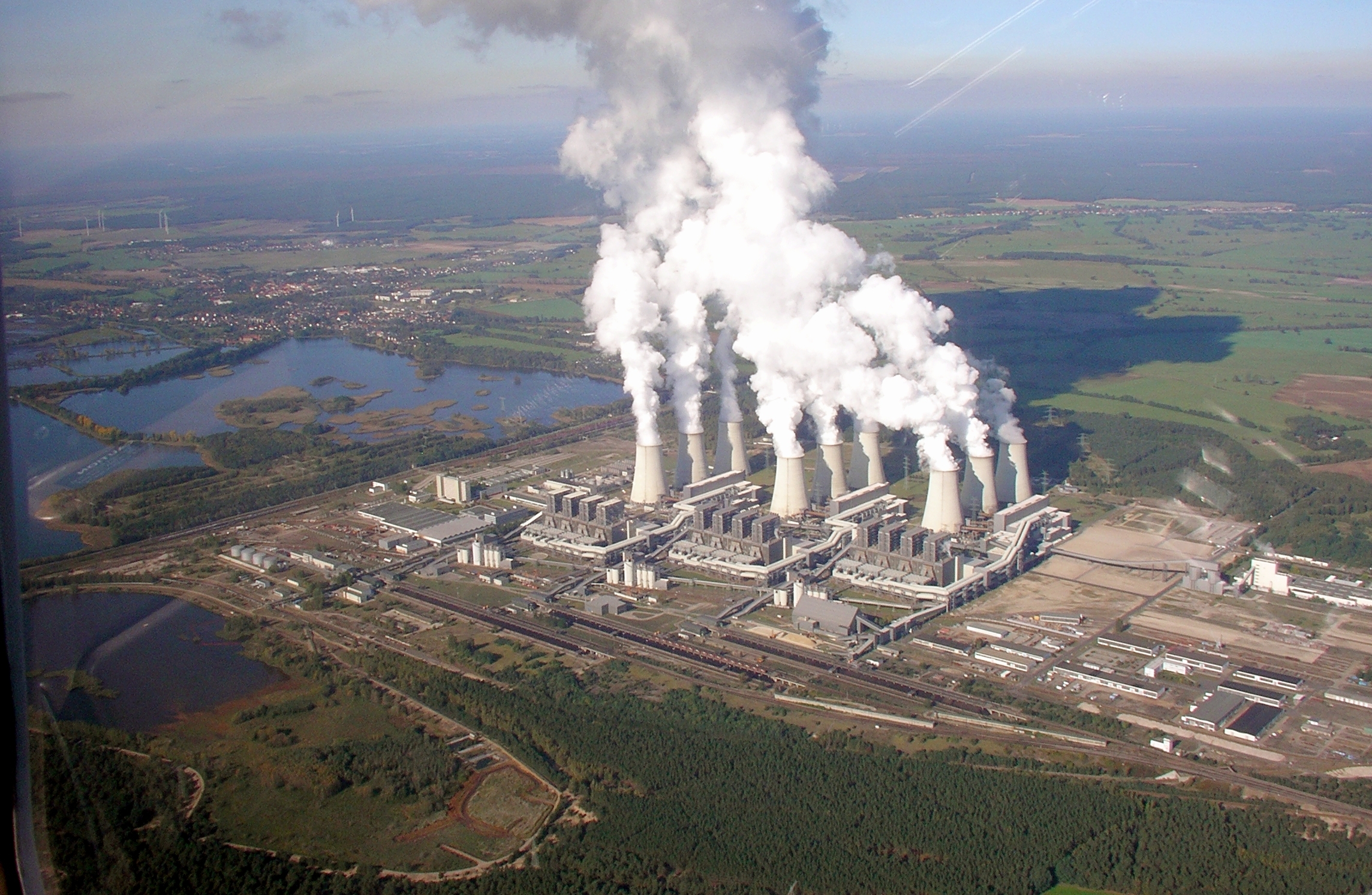
Our solution: Power plant conversion with Brownfield Transformation
Brownfield transformation is a holistic approach to decarbonizing legacy coal, oil and gas-fired power plants combined with the use of existing assets and infrastructure. For example, repowering steam power plants with new gas turbines. It also lays the foundation for a mid-term solution: turning existing power plants into decarbonized hybrid power plants, which could include power generation from renewable energy sources, various storage technologies, and grid stability services. All of this lays the groundwork for future net zero energy systems. Such systems could facilitate sector coupling by integrating renewables, industry, or mobility sectors with the help of green hydrogen.
Repowering power plants for a decarbonized energy economy
You certainly won’t reach net zero with your power plants in one giant leap, but deliberate steps will take you there – going from fuel shift and repowering to hybridization to supporting a new decarbonized economy.

Consultative approach with Energy System Design
If your decarbonization needs turn out to be rather complex, we advise undertaking a detailed Energy System Design, which comprises a data-based integrated technology & business case study that examines future revenue streams and site surroundings using the available decarbonization portfolio. If technology preselection, e.g., fuel switch, energy storage, heat pumps, etc. is an important factor for you, we can develop your project directly. Whatever your approach, in the end your solution will be a combination of technology components tailored to your business case, market demands as well as efficiency and decarbonization goals.

Potential benefits of power plant conversion
No matter which solution you choose for your brownfield conversion, there are numerous potential benefits: avoiding stranded assets; less investment compared to greenfield projects; shorter implementation time, including fewer permits to apply for. At the same time, you may even open new revenue streams. Apart from these advantages, brownfield conversion could also help further your reputation while you contribute to the common good. Altogether, not only will you support decarbonization efforts, but continuing to employ qualified personnel can also significantly ease socioeconomic strains on local communities.
Coal-to-gas conversion by repowering
- Up to 70% reduced CO₂ emissions along with significantly improved efficiency*
- Up to 30% reduced Capex compared to greenfield*
- Ready for H₂ co-firing and potential for further hybridization
- Operational flexibility from 20% to 100% plant capacity
- Reuse existing infrastructure, permits and plant equipment
- Improved plant profitability by increased efficiency
- *Note: Above figures are estimates
Rotating grid stability conversion
- Essential for maintaining grid stability in an age of renewables
- Supplying system inertia, short-circuit power and reactive power
compensation for voltage control - Reuse existing grid connection, permits and plant equipment
- New and additional revenue streams
- Short implementation time and Capex advantage compared to greenfield
Hybridization with integrated solutions
- Main enabler for sector coupling
- Enabling new revenue streams by using existing and new assets
- Technology integration and implementation independent of OEM
- Increased operational flexibility
- Significant cost savings and reduced life cycle CO₂ emissions thanks to up to 70% reusability

Modernizations & upgrades
- Lifetime extension for longer maintenance intervals and sustainability
- Efficiency and power increase through high-performance upgrades
- Improved operational and maintenance flexibility
- Potential for reduced CO₂ emissions overall
Brownfield engine exchange
- Plug-and-play concept for replacing existing gas turbines with new ones
- Maintain existing steam cycle
- Increased power output, improved efficiency, and operational flexibility
- H₂ co-firing
- Potential CO₂ savings
Industry plants & applications
- Brownfield engine exchange
- Repowering power plants with Combined Cycle plants
- Optimizing efficiencies by smart integration
- Hybridization with energy storage, H₂-generation
You have arrived: The energetic hearts of a carbon-neutral economy
By 2050 we want to achieve a global carbon-neutral economy.
To reach it, we need net zero energy systems enabling sector coupling with new ways of generating, storing, and using energy. It works by transferring renewable power to all energy consuming sectors of the economy, be it buildings, mobility, industry, or agriculture. To realize this goal, power plants, as we know them, will be transformed to hybrid plants. They could include energy storage that allows steady energy flow despite fluctuating renewables, thermal storage for district heating, heat pumps and electrolyzers producing hydrogen. They will be the energetic hearts of our new decarbonized world.
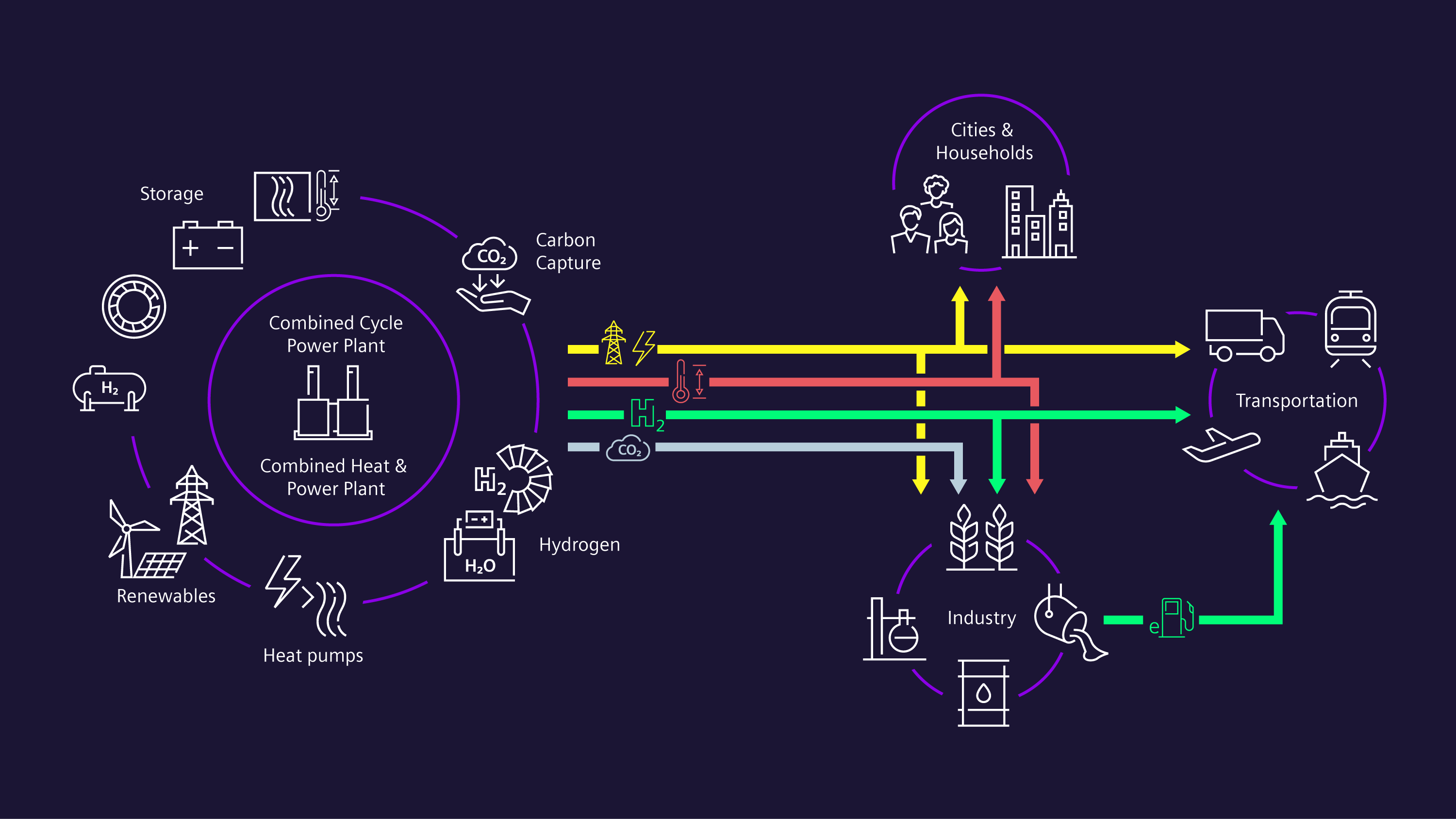
Future revenue streams of a hybrid power plant
Brownfield transformation use cases
Do you want to learn more about power plant conversion?
Send us an email and we’ll get back to you.

